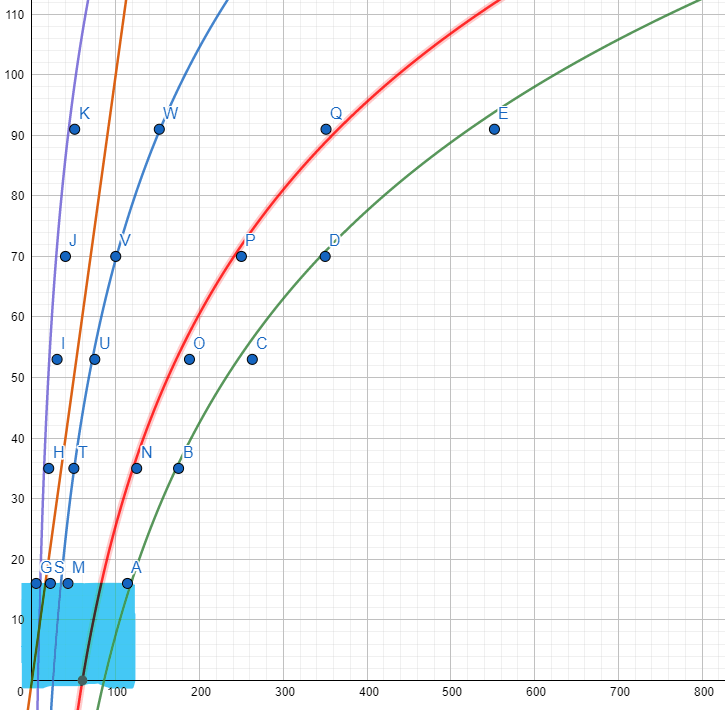Runic Knowledge #7 — Fantasy Aging
- Ian James

- Apr 16, 2021
- 2 min read
Updated: May 20, 2021
I'd like to preface this post by saying I have explored the concepts I'm covering and still have yet to find a universal equation for which I am satisfied. This is not a theorem, nor a rigorous study or proof, but instead a call-to-arms of sorts to find a better solution.
Most things I take on to homebrew are designed to solve problems, answer questions, or pave over to proverbial p(l)ot holes in the pavement of the system or setting I'm in, but I'll admit that this topic got under my skin for different reasons. Aging is complicated and the relationship between the lifecycle of one organism rarely scales linearly with another organism. If you're a Mathfinder out there, you'll enjoy this. We know that aging can be represented logarithmically. A 2-year-old dog could be the equivalent of a 40-year-old human — an exceptionally fast maturing — but then that same dog will age out much slower, at ten years of age being the equivalent of a 70 year old human. This graphs out roughly to a logarithmic scale relative to human age to account for rapid growth slowing over time. Consider your Elves; to grow to six feet in height in 20 years much like a human, but then reaching old age somewhere in your two-hundred-and-sixties. Elves start off growing and aging about as quickly as humans, and you'll find that for a number of reasons most playable RPG races tend to pace through aging an a track suitable for human-centric themes, but then the aging process slows considerably over time. I have graphed the age categories for Humans (orange), Goblins (purple), Halflings (blue), Dwarves (red), and Elves (green)

The vertical scale from 0 to 110 represents the lifespan of a human, and each tier of vertically-aligned points on the plot represent an age bracket (per Pathfinder 1st Edition: https://www.d20pfsrd.com/alignment-description/description/)
Since the graph does not apply accurately to describe the early growth to physical maturity (age 0 to 16 for humans), we won't consider that domain of the graph yet. Notice however that each age can be represented as a log of base 1.02 of the human age, shifted vertically by a number. Goblins are log1.02(x) - 100, where x is their age. Elves are log1.02(X) - 225, meaning they will age marginally slower than humans at the onset, but gradually age slower and slower relative to humans as time goes on. This logarithmic approach is a steep in the right direction to create a conversion to better understand aging in fantasy races, with the ultimate goal being to create a perfect function to define the age of a race relative to humans so that worldbuilding can become as granular as one needs.
My main takeaway is that I found a way to waste time and hyper-fixate on math again and I really ought to be prepping for my next game, but in the meantime if you have any insights on this I would love to hear feedback via my Twitch channel's Reddit account or in the linked posts where I've been discussing this: https://www.reddit.com/user/PennyforaTaleRpg
Otherwise if you're looking for an actual-play of Pathfinder content do find me here on Sunday: Twitch.tv/pennyforatale




Comments